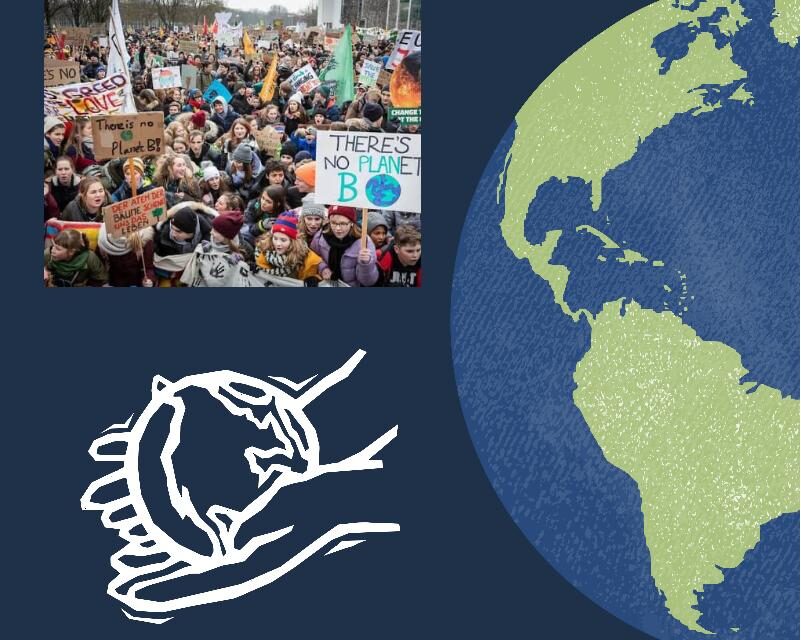Why do we delay thinking about the environment?


Kritika Sharma
The past two years have been full of shock, grief, and awe for humankind. But what bothered me the most was that even after witnessing the devastating effects of how mother nature can turn against you, how little attention we are paying towards climate change. Prioritizing climate change has not been on the agenda of the leaders today- as the evidence suggests we are more likely to respond to the threat of terrorism than climate change. Ever wondered why it takes a backseat at every stage? Economists and psychologists might have the answer.
Prioritizing environmental health is a complex subject. Most of us have known about the need to do something about the climate for a long time, but very few have taken efforts to do something about it. Human impact on climate is faster than the research being done – action-oriented research. And it won’t be of much use at this stage, if not acted over a large temporal and spatial scale. Contemporary research has mostly been linear and hazard-based.
There are significant challenges in processing and integrating evidence. For all domains (air, water, noise and land pollution) human exposure to environmental facts is very complex, cumulative, and difficult to quantify. Why is this?
Human cognitive functions are limited when it comes to appreciating the real significance of climate change. Discussions dealing with the environment rarely focus on psychological decisions and actions. One way to see it is- we often see/hear broad swaths of topics like carbon trading, political events, wide-ranging policy discussions, and debates about new technology. These dominate the discussion. You and I feel alienated because we feel we can’t make any significant impact.
The problem also lies in our evaluation of the situation. Humans tend to have a fight response to situations that impact them directly. An example would be a contingent valuation study of drinking water in Seoul. Seoul has undergone massive economic development over the past few decades and industrialization has brought negative environmental side effects. In particular, as a result of several chemical spills in the water supply, it has caused concerns about the quality of water in Seoul.
While conducting this study one of the most crucial problems that the researchers faced was defining the good they would seek to value. It was decided that the good would be making drinking water safe enough so that it would make future contamination unlikely. However, this scenario is probabilistic in nature. These methods are not based on real resource decisions, they are largely hypothetical in nature. It’s not uncommon to go to a store thinking you want to buy a product but end up not buying it when faced with actually paying money to buy it. So without real resources at stake, it becomes impossible to gauge the willingness of people to move to do something about climate change.
Another reason for our lackadaisical attitude is the tendency to discount the future. Social discount. There are two broad reasons why the future is discounted. The first one is the assumption that societies will grow wealthy over time and therefore a dollar today is worth more than a dollar in the future. But this assumption is flawed because of suggesting evidence that climate change will actually make future generations worse off than we are today. The second reason is to take account of impatience. This describes people’s propensity to prefer income today rather than tomorrow, even if they expect to be no more or less rich tomorrow. Thus discounting may have less importance in cost and benefit analysis of climate change than we previously thought.
The point is we are the last generation that can truly save this planet. It requires a major behavioral shift along with policy decisions but the bulk of it lies in taking responsibility for what you do for the planet today.
Kritika Sharma is a student of Economics and Mathematics at St. Stephen’s College, University of Delhi. (The opinions expressed in this publication are those of the author. They do not purport to reflect the opinions or views of The Policy Observer or our members.)
Related Articles
The Republic of India
After independence, colonial India was divided into two parts- the newly found India and Pakistan. Punjab and Bengal were sliced down into two— amid violence, riots, rape, and assaults on women, resulting in countless deaths. However, this is just a portion of the story’s larger picture, not all of it.
Prevention of Terrorism Act: Encroaching Human Rights
The violent and arbitrary prosecutions by a thunderous majority against minuscule people in Sri Lanka is not a very recent phenomenon; rather it goes back to the Civil war fought from 1983 to 2009 between the government and the Liberation Tigers of Tamil Eelam (LTTE). Thousands of people were killed and continue to be prosecuted under PTA, in its aftermath.
Nepotism in the legal field: A tale of two young advocates
journey of a first generation lawyer. After having given three years of my life to the Bar, I ask myself ‘was it worth’! I am still looking for Answers.









